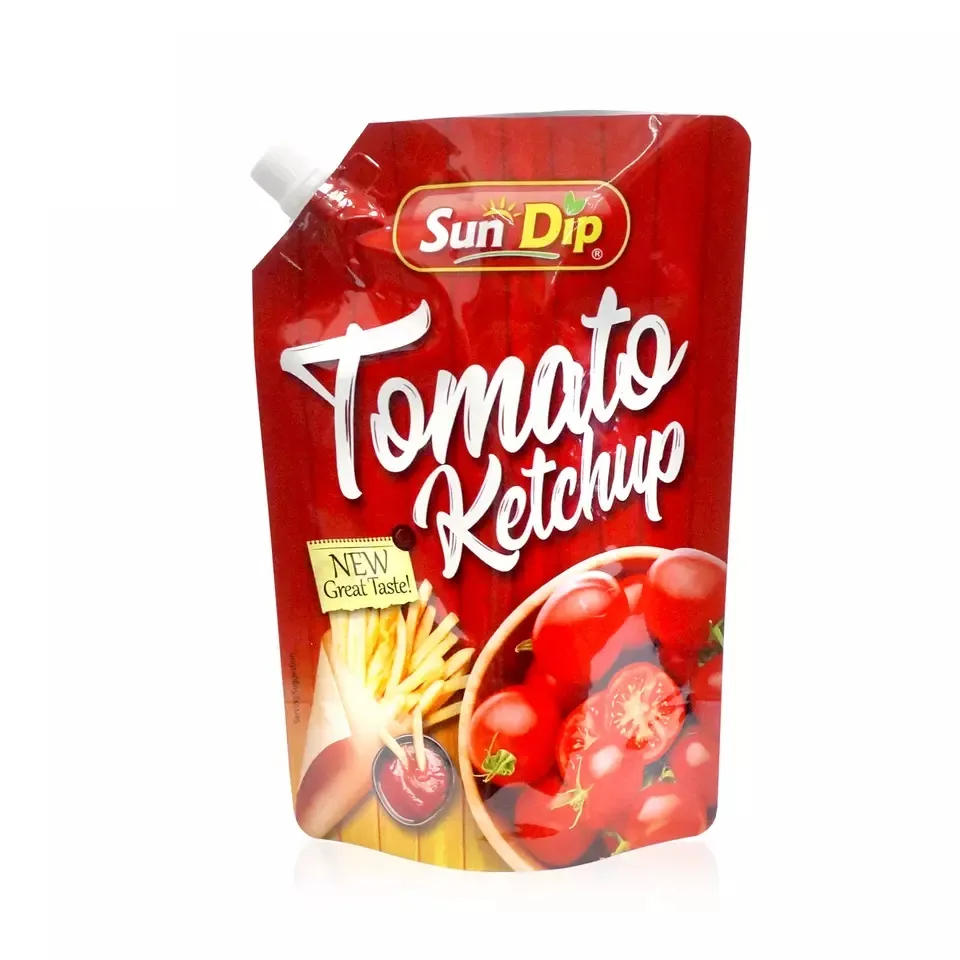- Afrikaans
- Albanian
- Amharic
- Arabic
- Armenian
- Azerbaijani
- Basque
- Belarusian
- Bengali
- Bosnian
- Bulgarian
- Catalan
- Cebuano
- chinese_simplified
- chinese_traditional
- Corsican
- Croatian
- Czech
- Danish
- Dutch
- English
- Esperanto
- Estonian
- Finnish
- French
- Frisian
- Galician
- Georgian
- German
- Greek
- Gujarati
- haitian_creole
- hausa
- hawaiian
- Hebrew
- Hindi
- Miao
- Hungarian
- Icelandic
- igbo
- Indonesian
- irish
- Italian
- Japanese
- Javanese
- Kannada
- kazakh
- Khmer
- Rwandese
- Korean
- Kurdish
- Kyrgyz
- Lao
- Latin
- Latvian
- Lithuanian
- Luxembourgish
- Macedonian
- Malgashi
- Malay
- Malayalam
- Maltese
- Maori
- Marathi
- Mongolian
- Myanmar
- Nepali
- Norwegian
- Norwegian
- Occitan
- Pashto
- Persian
- Polish
- Portuguese
- Punjabi
- Romanian
- Russian
- Samoan
- scottish-gaelic
- Serbian
- Sesotho
- Shona
- Sindhi
- Sinhala
- Slovak
- Slovenian
- Somali
- Spanish
- Sundanese
- Swahili
- Swedish
- Tagalog
- Tajik
- Tamil
- Tatar
- Telugu
- Thai
- Turkish
- Turkmen
- Ukrainian
- Urdu
- Uighur
- Uzbek
- Vietnamese
- Welsh
- Bantu
- Yiddish
- Yoruba
- Zulu
what does deboss mean
Understanding the Term Deboss
In the realm of design and manufacturing, every term carries a significant meaning, influencing the creation and representation of products. One such term that is often encountered yet not always fully understood is deboss. This article delves into the meaning of debossing, its applications, benefits, and the distinction it carries from its counterpart, embossing.
What is Debossing?
Debossing refers to the process of creating a design or text that is recessed into a surface. Unlike embossing, which raises the design above the surface, debossing pushes the material down to create a depressed effect. This technique is primarily utilized in materials such as leather, paper, cardboard, and even metals. The result is a subtle, yet aesthetically pleasing impression that adds depth and sophistication to the design.
The Debossing Process
The debossing process typically involves the use of a metal die that is heated and pressed onto the material. The pressure and temperature combine to force the material down into the shape of the die, thus creating the debossed effect. This method can be executed in various ways, including foil debossing, where a metallic foil is applied to enhance the visual impact.
The precision of debossing allows for intricate designs and lettering, making it an ideal choice for branding and personalization. This technique is widely used in creating logos, book covers, business cards, and packaging.
Applications of Debossing
Debossing finds its applications in various industries. In the fashion industry, debossed leather has become a hallmark of luxury, frequently seen in high-end handbags, wallets, and footwear. The subtle texture not only adds a tactile element but also reinforces brand identity through distinctive logos.
what does deboss mean

In the publishing world, debossing is often used on book covers to add a sophisticated touch. It creates a visual hierarchy, drawing attention to titles and author names while providing an elegant feel. Similarly, in the realm of stationery and cards, debossed elements elevate the design, making them more memorable and personal.
Moreover, debossing has become prominent in packaging design. Brands utilize this technique to make their packaging stand out on shelves, creating a 3D effect that attracts consumers’ attention. The tactile nature of debossing enhances the unboxing experience, reinforcing the premium quality of the product inside.
Benefits of Debossing
One of the primary benefits of debossing is its aesthetic appeal. The recessed designs offer a unique visual perspective that can elevate a product’s overall look. In addition to aesthetics, debossing is also durable; since the design is created by pressing the material, it tends to resist wear over time, maintaining its quality and appearance.
Debossing further allows for a few design principles to come into play, such as texture and contrast. The contrast between the debossed area and the surrounding material invites touch and enhances engagement, creating a more immersive experience for consumers.
Debossing vs. Embossing
It is crucial to understand the difference between debossing and embossing. While debossing creates a recessed design that appears pushed into the surface, embossing raises the design above the surface. Each technique conveys a different feeling—debossing typically implies subtlety and sophistication, while embossing can communicate boldness and excitement.
Conclusion
In summary, debossing is more than just a decorative technique; it is an art form that enhances the tactile and visual aspects of products across various industries. Whether applied to luxury goods, publishing, or packaging, the debossing technique provides lasting impressions that can elevate a brand's identity. Understanding the implications and applications of debossing allows designers and manufacturers to create products that are not only visually appealing but also rich in texture and meaning.













